It can be fun to breed your own zinnias - Part 24
zen_man
10 years ago
Related Stories

PETSWhat Chihuahuas Can Teach Us About Interior Design
Who knew these tiny dogs could be such a huge fount of design tips? Houzzers did
Full Story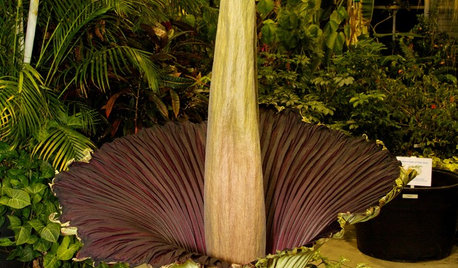
FUN HOUZZSmell This Shocking Flower at Your Own Risk
Don't say we didn't warn you: The foul scent of the rare and incredible corpse flower may knock your socks off
Full Story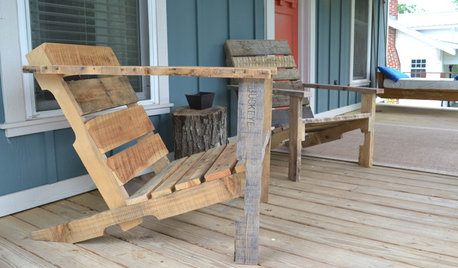
WOODWORKINGBuild Your Own Wooden Deck Chair From a Pallet — for $10!
Take the ecofriendly high road with a low-cost outdoor chair you make yourself
Full Story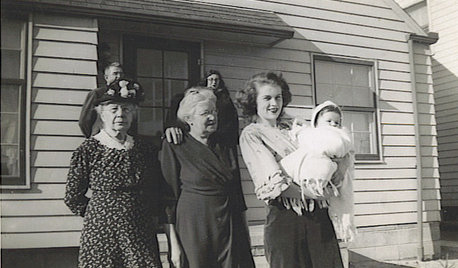
LIFETime Travel to Houzzers' Childhood Homes, Part 1
Peek into home design's past and share the memories of Houzz community members with these personal photos and stories
Full Story
DOORSKnow Your House: Interior Door Parts and Styles
Learn all the possibilities for your doors, and you may never default to the standard six-panel again
Full Story
GREAT HOME PROJECTSMake Your Own Tranquil Garden Fountain
With this DIY water feature in your yard, serenity is just a few steps away
Full Story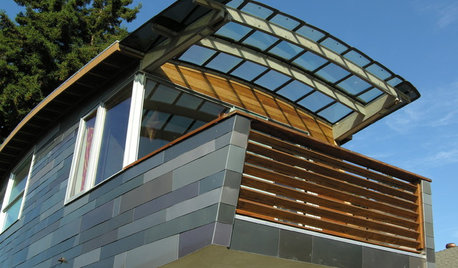
HOME INNOVATIONSHouzz Tour: Meet a Home Made With Minivan Parts
Sawn-off car roofs for the siding, windows popped out of van doors ... this California home is as resourceful as it is beautiful
Full Story
HOUSEKEEPINGBaking Soda: The Amazing All-Natural Cleanser You Already Own
Battle grime, banish odors and freshen clothes with this common nontoxic cupboard staple
Full Story
EDIBLE GARDENSHow to Grow Your Own Sweet Summer Crops
This guide will help any gardener get started on growing the freshest warm-season veggies and berries for summer
Full Story
HOUZZ TVHouzz TV: This Dream Midcentury Home in a Forest Even Has Its Own Train
Original wood ceilings, a cool layout and, yes, a quarter-scale train persuaded these homeowners to take a chance on a run-down property
Full StorySponsored
Professional Remodelers in Franklin County Specializing Kitchen & Bath
More Discussions







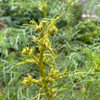
zen_manOriginal Author
samhain10 - 5a
Related Professionals
Harrison Landscape Architects & Landscape Designers · Washington Landscape Architects & Landscape Designers · Biloxi Landscape Contractors · Columbine Landscape Contractors · Weymouth Landscape Contractors · Yukon Landscape Contractors · Shafter Landscape Contractors · Castro Valley Driveway Installation & Maintenance · Baker Decks, Patios & Outdoor Enclosures · Crystal Lake Decks, Patios & Outdoor Enclosures · Frederick Decks, Patios & Outdoor Enclosures · Hampton Bays Decks, Patios & Outdoor Enclosures · Medford Decks, Patios & Outdoor Enclosures · Montgomery County Decks, Patios & Outdoor Enclosures · Tomball Decks, Patios & Outdoor Enclosureszen_manOriginal Author
samhain10 - 5a
zen_manOriginal Author
samhain10 - 5a
telescody
samhain10 - 5a
zen_manOriginal Author
docmom_gw
zen_manOriginal Author
docmom_gw
zen_manOriginal Author
samhain10 - 5a
zen_manOriginal Author
samhain10 - 5a
zen_manOriginal Author
samhain10 - 5a
zen_manOriginal Author
samhain10 - 5a
zen_manOriginal Author
samhain10 - 5a
zen_manOriginal Author
samhain10 - 5a
zen_manOriginal Author
samhain10 - 5a
Desirai
zen_manOriginal Author
samhain10 - 5a
Desirai
docmom_gw
samhain10 - 5a
zen_manOriginal Author
docmom_gw
zen_manOriginal Author
docmom_gw
samhain10 - 5a
samhain10 - 5a
zen_manOriginal Author
samhain10 - 5a
zen_manOriginal Author
samhain10 - 5a
zen_manOriginal Author
samhain10 - 5a
zen_manOriginal Author
zen_manOriginal Author
samhain10 - 5a
telescody
zen_manOriginal Author
zen_manOriginal Author